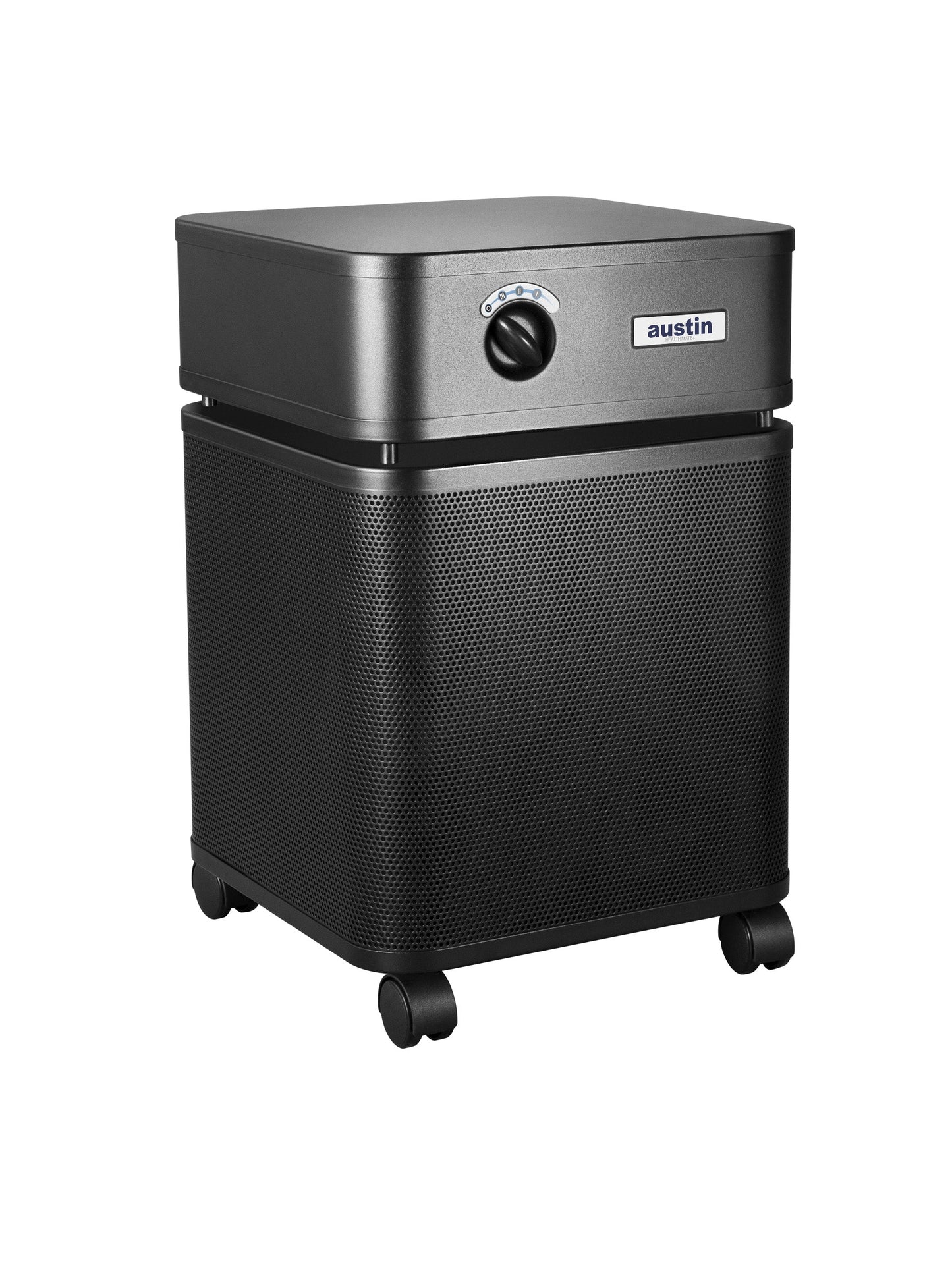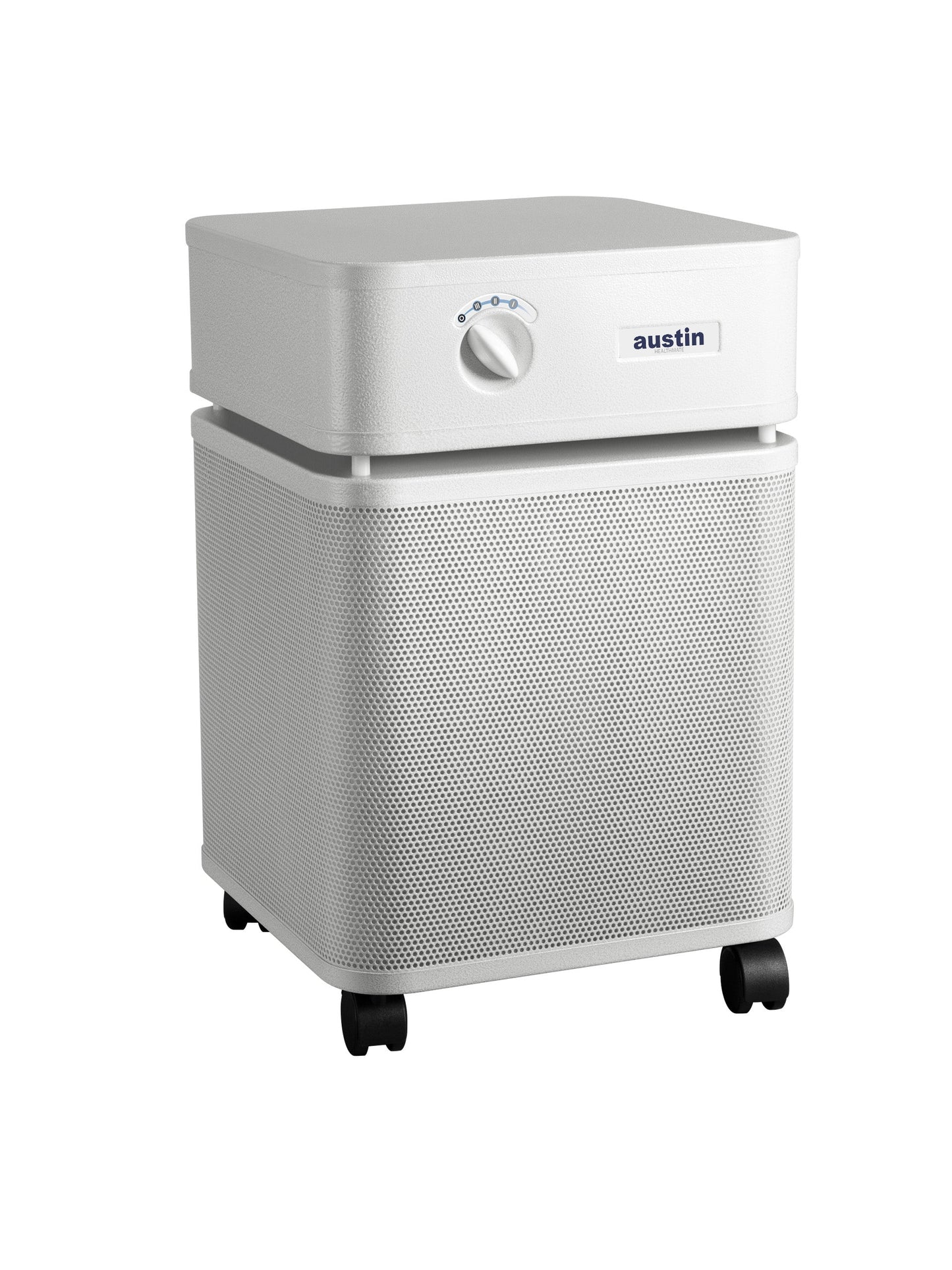100% Satisfaction Guarantee
We want our customers happy! Our promise is to provide you with the best filters or your money back!


Couldn't load pickup availability
100% Satisfaction Guarantee
We want our customers happy! Our promise is to provide you with the best filters or your money back!




Gas Stoves and Nitrogen dioxide
According to Harvard Medical School, "cooking with gas stoves creates nitrogen dioxide and releases additional tiny airborne particles known as PM2.5, both of which are lung irritants. Nitrogen dioxide has been linked with childhood asthma. During 2019 alone, almost two million cases worldwide of new childhood asthma were estimated to be due to nitrogen dioxide pollution.
Children living in households that use gas stoves for cooking are 42% more likely to have asthma, according to an analysis of observational research. While observational studies can't prove that cooking with gas is the direct cause of asthma, data also show that the higher the nitrogen dioxide level, the more severe the asthma symptoms in children and adults.
Cooking and baking done with gas appliances can give off high concentrations of nitrogen dioxide. A recent study published by researchers at Stanford calculated that emission of nitrogen dioxide from certain gas burners or ovens rose above the standard set for outdoors by the Environmental Protection Agency (EPA) within a few minutes. Currently, the EPA has set no standard for safe levels indoors."
Gas Stoves and Benzene
According to the New York Times, "new studies have also linked gas stoves to increased rates of childhood asthma, and shown that using a gas stove can produce elevated levels of benzene on par with those from second-hand tobacco smoke.
In January 2023, the Consumer Product Safety Commission made it clear that while the agency isn’t looking to ban gas stoves, it is actively researching performance tests for measuring emissions, safety standards, and other solutions for reducing the potential hazards. The Department of Energy is in the process of proposing stronger efficiency regulations for new gas stoves that would also effectively reduce their emissions."
What is the Solution?
In the NYT article, an air purification expert is quotes as saying "the only model he has tested that he would recommend for removing gases emitted from a gas stove is the Austin Air HealthMate HM400. In addition to a HEPA filter, this heavy-duty air purifier has a 15-pound adsorbent filter that contains both activated carbon." and zeolite.
In the Harvard study, the suggestion is to "use air purifiers. Although they do not remove all pollutants, air purifiers can improve indoor air quality. Choose an air purifier that has a high clean air delivery rate (CADR) matched to the size of your room. Air purifiers are easy to move around, so you can have it near the kitchen during the day and move it to the bedroom when you sleep. Remember to replace the filters when they are dirty."
Yes. Our permanent filters are available in standard and custom sizes. We offer 12 different filter types to fit most needs.
Give us a call or send us an email. We can help you choose the filters that's best in your application.
Some early permanent filters were very restrictive and gave the product a bad reputation in some cases. Some HVAC contractors still tell their customers that all permanent filters are bad.
However, not all permanent filters are created equal. Like any type of filter, there is a balance between dust arrestance and air resistance. Our filters have very low air resistance.
Even our most restrictive filters are no more so than a good pleated disposable filter.
With proper maintenance, you can expect your permanent filter to last at least as long as your HVAC unit. Some of our customers have been using their filters for over 15 years and counting.
No. All of our filters are electrostatic. They have special polypropylene media layers that build a natural static charge as air passes through the filter. The charge is broken and the dust is released when the filter is cleaned.
Everything we do is built around trust and service.
Over 500,000 Filters Sold
100% Satisfaction Guarantee
10 Year Warranty on Filters
60 Day No-Hassle Returns
Selling Filters Online for 20 Years
- C Lopez
Verified- L Wells
Verified- V Moulton
Verified- J Wilson
Verified- W Ziedman
Verified- J Billington
Verified- S Mcmanus
Verified- G Dalton
Verified- G Barbu
Verified- J Goudey
Verified- B Hill
Verified- R Webber
Verified- G Nedrow
Verified- D Meinsen
Verified- E Basbas
Verified- S Burlison
Verified- G Carrington
Verified- L Wilner
Verified- M Cantreras
Verified- S Terry
VerifiedBe the first to know about new collections and exclusive offers.
I have been using my filter now for two weeks, and have noticed a difference in the air quality and coolness! My AC has been running more efficiently and the filter looks so much better than any previous filter I have purchased! The shipping is slow(made to order?) so unknowingly I ordered 2, and when I reached out they credited me for the second purchase, even though it was shipped. Highly recommend!
My order delivery address is clearly indicated, the front fmdoor is covered. FedEx delivered it to an apartment door (lower floor) with different street address that is uncovered. The package was buried in snow for two weeks. Never use FedEx!!!!!!!!!!!!!!
Filter is built sturdy and fit perfectly in my geothermal unit. Customer service was very prompt to answer questions about delivery of the filter during the Covid pandemic as well.
This is one of the best air conditioning filters that I have purchased.
My assessment is based on it's cost, permanent construction, easy cleaning, and it's filtration properties. Considering that you should change your air conditioning filters every two months, you can easiley see the return on investment. I Highly recommend it.
Fits to a T.
Great quality.
Tks
